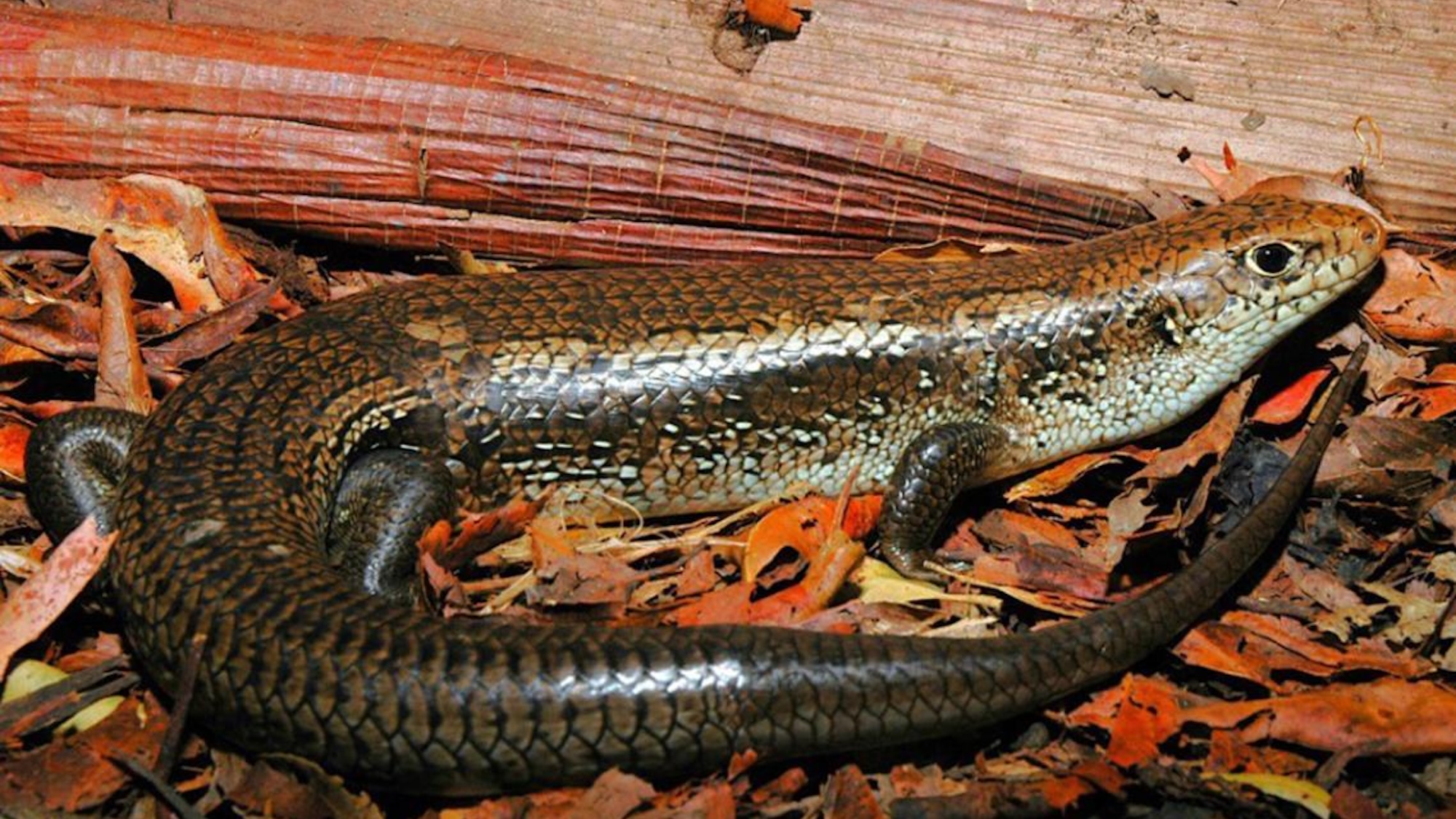Now Reading: Australian Lizard Evolves Resistance to Snake Venom
-
01
Australian Lizard Evolves Resistance to Snake Venom
Australian Lizard Evolves Resistance to Snake Venom

fast Summary
- Study Focus: Researchers at the University of Queensland studied genetic mutations in australias major skink (Bellatorias frerei) that render it resistant to snake venom neurotoxins.
- Key Mutation: The mutation involves changes to the nicotinic acetylcholine receptor, a critical muscle component targeted by neurotoxins that typically cause paralysis and death.
- Evolutionary Link: This resistance is identical to genetic adaptations found in honey badgers and mongooses, indicating convergent evolution across species.
- Additional Findings: Scientists documented 25 other instances of similar evolutionary adaptations among skink lineages, such as sugar molecule release and protein substitutions that block toxicity.
- Testing Methodology: Functional tests using synthetic peptides and receptor models confirmed resistance mechanisms.
- Potential Applications: This research could lead to advancements in antivenom development, therapeutic treatments, and broader biomedical discoveries.
- Publication Source: The findings were published in the International Journal of Molecular Sciences.
Indian Opinion Analysis
the study highlights the extraordinary potential of nature’s evolutionary processes to solve complex survival challenges-a principle relevant not only for biodiversity but scientific innovation too. India’s rich variety of venomous reptiles presents an possibility for collaboration on similar research within its borders, focusing on indigenous species’ adaptations and their implications for medical antivenoms or other biotechnologies.Furthermore, understanding molecular immunity against venoms may have important global relevance where snakebite mortality remains high-especially in tropical regions, including India itself. With over 100 venomous snakes inhabiting Australia paralleling India’s diverse snake population landscape (e.g., cobras), there lies scope both humanitarian also catalyt trackingsolo supportive Bio-tech trajectory if both realms shared groundwork seamlessly!























